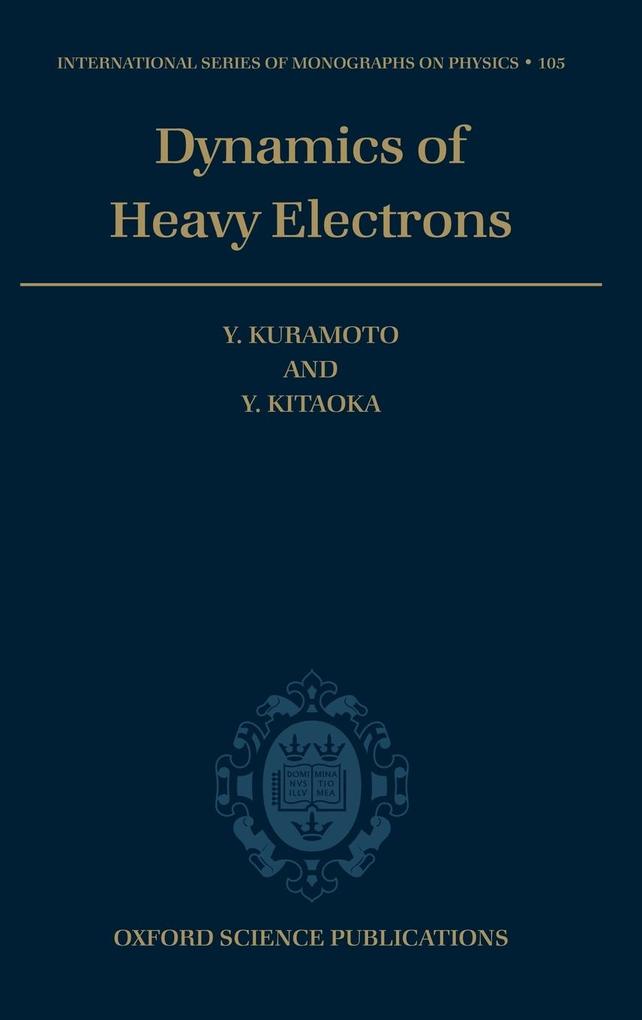
Zustellung: Di, 12.08. - Sa, 16.08.
Versand in 2 Wochen
VersandkostenfreiHeavy electrons are found among a number of lanthanide and actinide compounds, and are characterized by a large effective mass which becomes comparable to the mass of a muon. Heavy electrons exhibit rich phenomena such as unconventional superconductivity, weak antiferromagnetism and pseudo
metamagnetism, however, many of the established ideas and techniques relating to theoretical and experimental physics of strongly correlated electrons are insufficient to understand heavy electrons. On the theoretical side, enormous amounts of quantum fluctuations have brought disaster to celebrated
mean-field theories. On the other hand, extreme experimental conditions are required such as applying strong magnetic fields and pressure at ultralow temperatures. This book is a case study for applying and testing almost all tools in theoretical and experimental condensed-matter physics to heavy
electron systems. Graduate students and researchers who want to work on strongly correlated condensed-matter systems will find in the book many examples of how the conventional concepts on solids work or do not work in heavy -electron systems.
metamagnetism, however, many of the established ideas and techniques relating to theoretical and experimental physics of strongly correlated electrons are insufficient to understand heavy electrons. On the theoretical side, enormous amounts of quantum fluctuations have brought disaster to celebrated
mean-field theories. On the other hand, extreme experimental conditions are required such as applying strong magnetic fields and pressure at ultralow temperatures. This book is a case study for applying and testing almost all tools in theoretical and experimental condensed-matter physics to heavy
electron systems. Graduate students and researchers who want to work on strongly correlated condensed-matter systems will find in the book many examples of how the conventional concepts on solids work or do not work in heavy -electron systems.
Inhaltsverzeichnis
- Preface
- 1: Fundamental properties of electrons in solids
- 2: Crossover from localized moment to local fermi or non-fermi liquid
- 3: Metallic and insulating phases of heavy electrons
- 4: Anomalous magnetism
- 5: Superconducting states
- 6: Comparison with high-temperature superconductors
- A. Linear response theory
- B. Spectral representation and fluctuation-dissipation theorem
- C. Rayleigh-Schrodinger perturbation theory and higher-order renormalization
- D. Spectral shape and relaxation rate
- E. Green function in the imaginary time
- F. Path integral representation of the partition function
- G. Many-body perturbation theory
- Index
Produktdetails
Erscheinungsdatum
23. März 2000
Sprache
englisch
Untertitel
Sprache: Englisch.
Seitenanzahl
252
Autor/Autorin
Y. Kuramoto, Y. Kitaoka, Yoshio Kuramoto
Verlag/Hersteller
Produktart
gebunden
Gewicht
531 g
Größe (L/B/H)
234/156/16 mm
ISBN
9780198517672
Bewertungen
0 Bewertungen
Es wurden noch keine Bewertungen abgegeben. Schreiben Sie die erste Bewertung zu "Dynamics of Heavy Electrons" und helfen Sie damit anderen bei der Kaufentscheidung.








